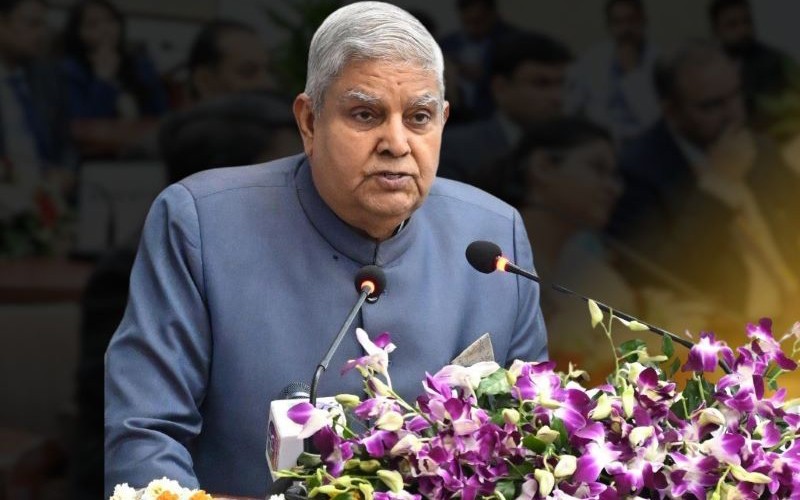Sri Lanka-India grid connectivity to be achieved by 2030: Lankan Minister Kanchana Wijesekara

Colombo/UNI: Grid link between Sri Lanka and India would be implemented by 2030, Sri-Lanka Power & Energy Minister Kanchana Wijesekara said.
Following a meeting the day before with World Bank Director of Regional Integration Cecile Fruman and Country Manager Chiyo Kanda, Wijesekara tweeted early on Tuesday that the World Bank has been helping the government-run Ceylon Electricity Board (CEB) understand the technical requirements and business models for the project.
In 2022, Sri Lanka and India abandoned an earlier plan for a submarine cable in favour of an over-the-water cable to connect their respective electricity systems.
Since the 1970s, there has been talk about connecting the electrical grids of India and Sri Lanka.
The new strategy calls for a partnership between the Ceylon Electricity Board and Power Grid Corporation India.
After 2002, the United States Agency for International Development (USAID/South Asia Regional Initiative on Energy Project) and Power Grid Corporation of India Ltd (PGCIL) both undertook updated feasibility studies on the concept.
From Madurai to Anuradhapura, a 285-kilometer High Voltage Direct Current link with 50 kilometers of undersea cabling is part of an earlier design.
Both researches concluded that a short- and medium-term connection was more likely to succeed than a long-term one.
A 500MW short-term link and a 1000MW medium- and long-term link will be generated between the two countries,
The building of a high voltage direct current (HVDC) link connecting Madurai and Anuradhapura was recommended based on cost assessments.
A short-term link (500MW) would cost 340 million dollars to build, while a longer/medium-term link would cost 430 million dollars, according to the PGCIL.
Initial plans by the two nations called for the installation of a 500MW cable, which would eventually be expanded to a 1000MW cable for a cost of $340 million, according to economYnexT.





